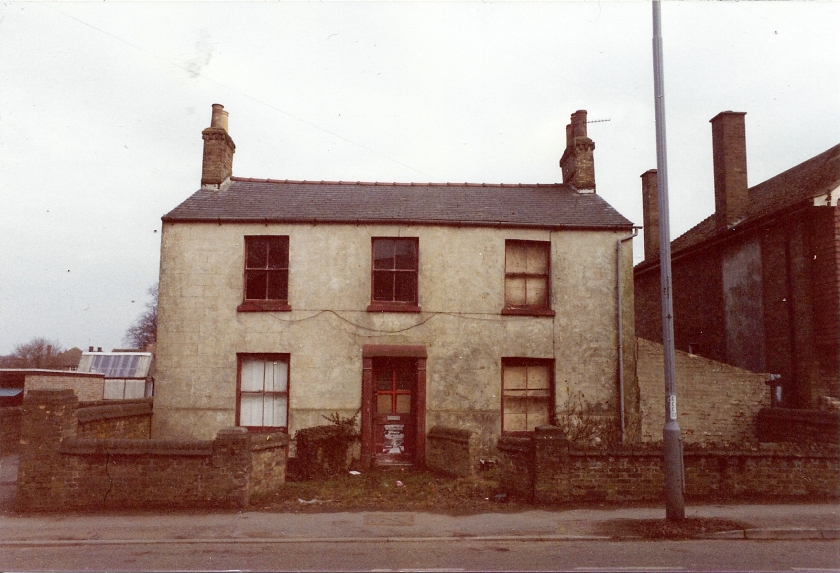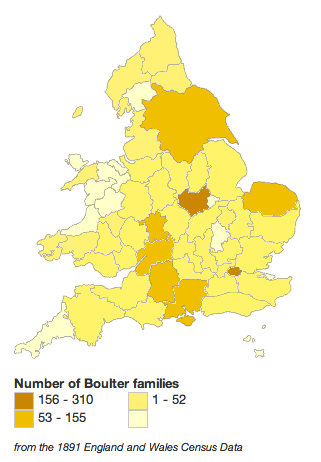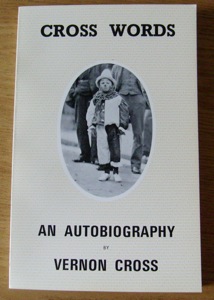I get a sense of comfort or closeness in knowing that I am visiting somewhere where an ancestor once worked, lived, or even died. I don’t think I am alone in this, but it’s frustrating when you can’t see or visit the place they once knew.
It was five years ago since I first wrote about my publican ancestor, the uniquely named ‘Vine Cross’ (or Sabina Steadman Taylor as it turned out), on this blog.
Since then, my goal of seeing a photograph of her now demolished pub had drawn a blank and I aptly put it ‘on ice’. However, I recently received an email from a Robert Flood who had seen my request somewhere online, and had a photograph of the pub on file. This was Vine’s home and business. This was The Eagle and Lamb on Cambridge Road in Ely, Cambridgeshire.

You can be sure it’s the same site, going by the distinct chimneys of the house next-door, and that the pub site was also home to the Eagle brewery, part of which has been incorporated into one of the few houses that the newer development contains. The photo is sad, and I can probably understand why it was demolished in 1987/88. The pub closed in September 1932.
The modern day site gives little away – the lampost has seemingly moved a few feet, and perhaps some brick wall survives, but aside from this, there’s no other mark of this once being a place where many patrons enjoyed getting slightly (respectfully of course) sloshed, and where my Great Great Great Grandmother ‘Vine’ Cross and her husband George worked and lived, and for a while seemingly brought up their daughter’s Moden family.
Between George and Vine, the couple had the second longest landlord holding of the property (12 years). They were beaten only by Charles Scarr who held it from 1873 to 1889.
As for the wider history of the site, I turn to ‘Ely Inns’ by Patrick Ashton. As part of his book he has documented its past from the land purchase in 1848. He says:
.. on 7th April 1856, Richard Porter, freehold brewer, purchased the site for £700 and ran his business from there until he sold the premises to Morgan’s Brewery Co. Ltd on 24th June 1889 for £1250. Morgan’s closed the brewery part of the business in 1902 but used the site as a distribution depot until 11th May 1920 when Ely brewers A&B Hall purchased the premises for £5000.
My Great Great Great Grandfather George Cross was landlord from 1892 until his death in 1898, afterwhich he was succeeded by his wife ‘Vines Cross’, who then held it from 1899 to 1904.
In 1901 Sabina appears as ‘Vina Cross’, a 48 year old widow. Joining her at The Eagle and Lamb, are a ‘roadman’ Richard Ingrey (67yrs), and William Lemon (44yrs) a ‘railway platelayer’. In two rooms, it is listed that her 30 year old married daughter Mary Ann Moden, was living with there with her husband Edward and their three daughters (one being my Great Grandmother, Susan Jane Moden).
Calling time on pub life
Ten years later, she’s still on Cambridge Road, but living further along on the corner with Barton Road. She’s living alone, aged 58 years, and working as a shop keeper.
Sabina/Vine died in March 1916.
The shop was handed on to her daughter Mary Ann Moden who lived nearby, and the site remained as a shop until the 1980s (during which time I visited it once as a child, but was completely oblivious of my connection to it). It is now a private house.
What next for my Eagle and Lamb research
I hope to now find more records relating to George and ‘Vine’s time at The Eagle and Lamb, and also seek out an old photograph of Vine’s shop whilst it was under her ownership. It seems that there may be a trail of brewery documents to follow, but for now, it remains a mystery.
If you use Google to search for the Eagle and Lamb in Ely, Cambridgeshire, you pretty much only get search results for content that I’ve created. Surely there’s more information waiting to be discovered?







